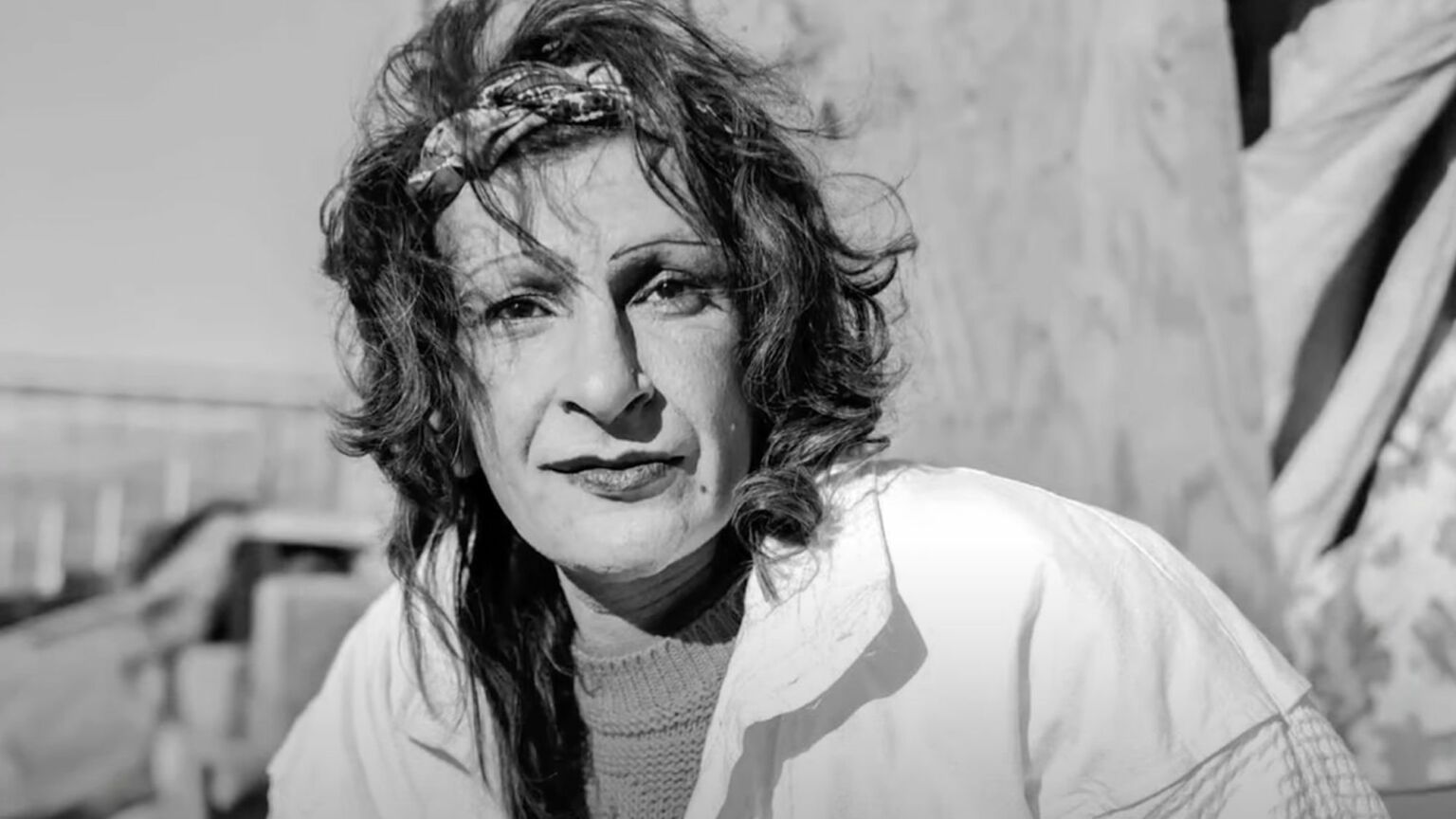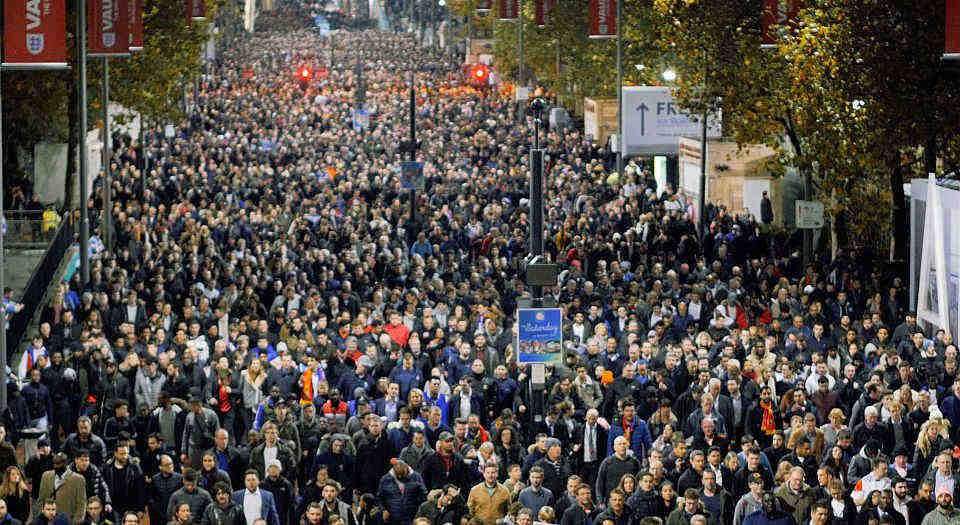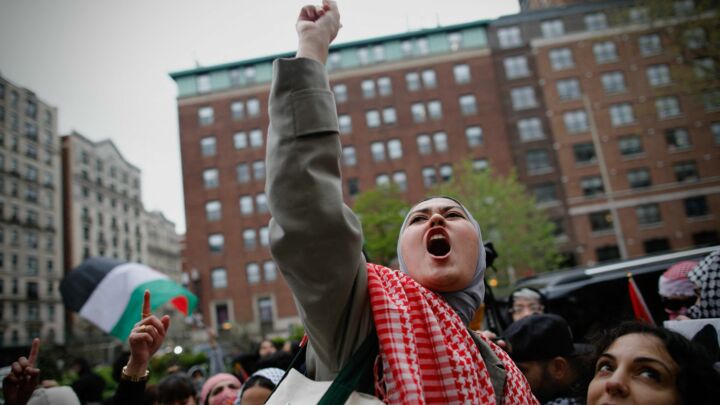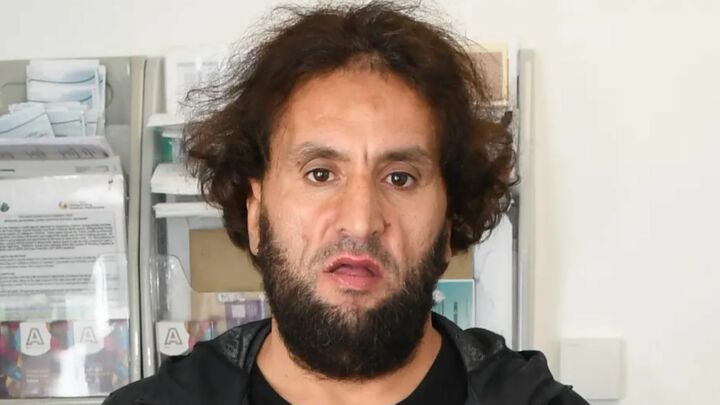Sylvia Rivera: the dark truth about a trans icon
The late New York drag queen was no hero of the gay-liberation movement.

Since his death in 2002, drag queen Ray ‘Sylvia’ Rivera has slowly but surely been turned into a transgender icon.
He is now celebrated by trans activists and the wider media as ‘a seminal figure in the LGBT rights movement’. He is hailed for his ‘pioneering’ activism and feted for the support and shelter he offered other marginalised young people in downtown New York City in the early 1970s. Noting Rivera’s willingness to defy the law, some have gone so far as to anoint Rivera as the ‘Rosa Parks of the modern transgender movement’.
His legend continues to grow. Some have even claimed that it was Rivera who effectively initiated the Stonewall riots in 1969. They say he handed his friend and fellow drag queen, Marsha P Johnson, the first brick to be thrown during a police raid at the Stonewall Inn in 1969, sparking a fight and kickstarting a movement. Johnson always told a different story, however, insisting that Rivera wasn’t even at the Stonewall Inn on that fateful night in 1969 – he was asleep after taking heroin, 40 blocks north of Stonewall in Bryant Park.
But then the truth about Rivera has always been darker and more complicated than his contemporary hagiographers will admit. What we have witnessed over the past two decades is a whitewashing of the real Rivera. A dishonest attempt to present both him and trans activism as central to the gay-liberation struggles of the 1960s and 1970s.
This politically motivated celebration of Rivera distorts the struggle for gay rights and makes a mockery of the historical record. Rivera’s real role in the gay-rights movement, as we shall see, was far more marginal, more complex and murkier.
The man and the mob
Sylvia was born as Ray Rivera to a Puerto Rican father and a Venezuelan mother in New York City in 1951. There’s no doubt he endured a tough upbringing. His father left soon after he was born and his mother committed suicide when he was three. He was raised in Jersey City by his abusive, homophobic grandmother and first began to prostitute himself at the age of 10. He moved across the Hudson River to New York City when he was 11 and began working as a boy prostitute in the Port Authority Bus Terminal and on 42nd Street.
It was during his teens that Rivera first met Marsha P Johnson, who, like Rivera, was also a drag queen. It was during this time that Rivera’s entanglement with the mafia began.
In the 1960s, street prostitution was run in New York’s Midtown and the Times Square area by Carlo Gambino, head of the Gambino family, and Matthew ‘Matty the Horse’ Ianniello, a member of the Genovese family. It was through his sex work that Rivera came to know low-level mafioso and Gambino associate Mike Umbers, otherwise known as ‘Dirty Mike’.
Umbers was deeply involved in various mafia sex-trade operations. He ran three brothels in New York’s East Side, and had acquired a litho-printing outfit through loan sharking. Using this, he distributed male teen pornography throughout the New York City region, including the then infamous Times Square dirty bookstores. Umbers, as a frontman for Gambino soldier Paul Di Bella, also operated several gay-themed Greenwich Village businesses, the most famous of which was the bar, Christopher’s End, on Christopher Street.
According to a Village Voice piece on Umbers from 1971, all of his Greenwich Village businesses were exploitative: ‘Mike calls himself a gay catalyst and flesh peddler. He deals in boy-boy sex… Christopher’s End, with its backroom and nude boy shows, is climax flesh.’
In 1970, Rivera and Johnson needed somewhere to stay and took advantage of their connection with Umbers. He gave them a discounted rent on one of his squalid four-room apartments. Having just formed their group, Street Transvestite Action Revolutionaries (STAR), they turned Umbers’ property into something they called STAR House.
Today, STAR House is cited as one of the reasons to celebrate Rivera. It’s recalled as a beacon of radical progressiveness – ‘a home for trans people’, as one journalist puts it. It is lionised as a pioneering charitable endeavour, feeding, housing and clothing young, homeless trans people.
But the reality was somewhat different. It had no toilet, water, heat or electricity. Liquor and drugs were plentiful. The four rooms were strewn with trash and occupied by as many as 20 people at a time. Food and other supplies were generally stolen or shoplifted by residents. What little cash there was came in from sex work in the 42nd Street area and elsewhere, or from begging. Conveniently, this building was next door to one of Umbers’ porn-distribution operations.
In some ways, the seedy reality of STAR House captured the nature of STAR as a group. Despite its right-on reputation today, STAR’s self-styled ‘revolutionary’ transvestites were not trusted by most of us in the emerging gay-liberation movement. Its members’ focus on ‘whoring and radical politics’, as Gay Activists Alliance founder Arthur Bell described it in 1971, was largely viewed with horror. Befitting their mafia connections, there was a dangerous, potentially violent side to their activities that we were all aware of, and so many of us avoided them. Indeed, during the 1970 sit-in and occupation of NYU’s Weinstein Hall by various gay-rights activists, Rivera argued that radicals needed to ‘take up guns’ to achieve liberation.
Given the chaotic, criminal nature of life at STAR House, it was hardly a surprise that it was a short-lived endeavour. Among the other drag-queen sex workers plying their trade from Umbers’ property was one called Bubbles. Bubbles was tasked with collecting rent from young occupants. But by mid-winter in early 1971, Bubbles had pocketed the rent money and left town. Rivera and Johnson, unable to catch up on the rent arrears, tried to renegotiate their arrangements with Umbers. He was not in a forgiving mood. By June 1971, Umbers was ready to throw the lot out, saying to one reporter prior to their eviction, ‘I’ll be fucked if I house that bunch rent-free’.
Nowhere to be seen
Rivera and Co’s close but fractious relationship with local mobsters was troubling for the wider gay-liberation movement at the time. Many activists were trying to free gay-community life from the type of mafia influence embodied by Umbers. But the mafia was never going to go away without a fight, of course. For the mob, the gay community was a lucrative market. The mob had even used Umbers’ publication, Where It’s At, to infiltrate the first successful Pride march in 1970, one year after the Stonewall riots. Rivera and STAR only made the gay movement’s attempts to escape the clutches of the mafia more difficult.
A telling snapshot of Rivera’s real historical role – or lack of it – in the gay-liberation movement emerged in the summer of 1971. Just nine days after Rivera and Johnson had been evicted from STAR House by Umbers on 24 July 1971, the Gay Activists Alliance staged a demonstration in front of Umbers’ bar, Christopher’s End. They were protesting against mob influence in the wake of yet another police raid on another gay bar. Yet Rivera and Johnson, who were well known at the time for pushing their mugs to the front of the crowd whenever news photographers arrived, were nowhere to be seen.
From their self-interested perspective, Rivera’s and Johnson’s absence from the protest made grim sense. They knew better than to cross the ‘Emperor’ of Christopher Street, as Umbers was then dubbed, and to jeopardise their small corner of the local sex trade. Cash was always more important to them than a cause.
Within two years, Rivera and Johnson were expelled from Pride marches, if only temporarily. And Rivera eventually relocated to upstate New York where there was less heat from the gangs.
When Rivera died of liver cancer in 2002 at St Vincent’s Manhattan Hospital, many obituaries erased the dark parts of his life. Instead, they represented him as something he never was – a central figure in the gay-liberation movement. Since then he’s been transformed not just into a hero of gay rights, but also a trailblazer for transgenderism.
Behind these ever-expanding myths, there was merely a man. And a very troubled one at that. At points, he might have deserved our sympathy. But he certainly doesn’t deserve our praise.
Fred Sargeant is a veteran of the 1969 Stonewall riots and one of the founders of the first Gay Pride marches in New York City. Follow him on Twitter: @FredSargeant.
Picture by: YouTube.
To enquire about republishing spiked’s content, a right to reply or to request a correction, please contact the managing editor, Viv Regan.









Comments
Want to join the conversation?
Only spiked supporters and patrons, who donate regularly to us, can comment on our articles.